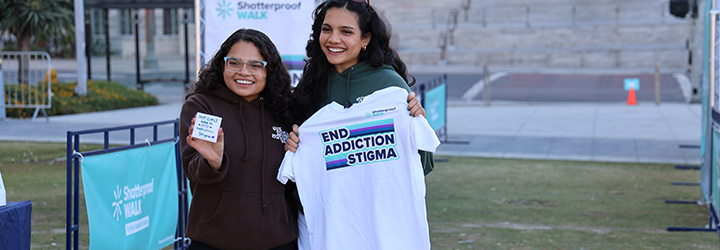
Pain Management for Children
On average, 3.9 million pediatric surgeries are performed each year in the U.S., ranging from appendectomies and hernia repairs to tonsillectomies and ACL repairs. The historical standard of care for managing pain following common surgeries is opioids. While these medications can be safe and effective for many patients, they can also come with unwanted side effects including nausea, vomiting, constipation, and confusion – in addition to the risk of addiction or dependence.
With a recent report finding that adolescents and young adults lost an estimated 1.2 million years of life in recent years due to unintentional drug overdoses, it is crucial to look for alternative options to safely and effectively manage pain after surgery, especially for this vulnerable population. Recent innovations such as long-acting non-opioid numbing medications have become available for patients ages six and older that can help reduce, or in some cases, eliminate the need to take opioids following surgery.
What are some common pediatric procedures?
Children may end up needing surgery for a variety of reasons. For instance, appendectomies, which typically stem from appendicitis, and tonsillectomies are some of the most common surgeries for children and young adults. Many adolescents also undergo hernia repairs and wisdom tooth removal – procedures that often come with an opioid prescription to manage pain.
Many pediatric procedures also stem from sports injuries. While youth sports are an important part of childhood for many kids, as activity levels increase, so does the risk of injury. Almost one-third of all injuries that happen during childhood are sports-related and according to Yale Medicine, each year, more than 2.6 million children end up in the emergency room for a sport- or recreation-related injury. Common sports-related injuries include: ACL tear, meniscus tear, sprained ankle, shoulder dislocation, bone fractures, and concussions, among others. When experiencing some of these injuries, patients may need surgery to heal properly or to avoid permanent damage.
Managing pain while minimizing opioid use
While many parents and guardians have concerns about their child being in pain after surgery, they’re also often worried about potential opioid exposure. The availability of opioid alternatives for children and young adults is especially important because 3 out of 10 patients who use opioids prescribed to them by a doctor before their high school graduation are more likely to misuse opioids in the future. There are now non-opioid options available to treat pain following a range of pediatric procedures that can help children avoid unnecessary exposure to opioids and enhance their recovery experience after surgery.
This non-opioid option is injected into the area where the surgery is being performed and provides the patient with pain relief for the first few, typically most painful, days after surgery. This approach has allowed many doctors to reduce the number of opioids they prescribe which, in turn, has decreased the risk of these medications being diverted to others.
Advocate for opioid alternatives when surgery is necessary
A recent study found that half of opioid prescriptions written for children are considered high-risk because they exceed the recommended daily dosage. When surgery is needed, patients and their parents should discuss a recovery plan with their doctor prior to surgery. This plan should be individualized to best fit their needs and ensure the child is receiving effective pain relief while avoiding exposure to opioids as much as possible.
It is important that patients and/or their guardians proactively ask healthcare providers about all pain management options prior to surgery, including non-opioids. Visit PlanAgainstPain.com to download a discussion guide to help facilitate these important conversations.
This article is sponsored by Pacira BioSciences, Inc.

